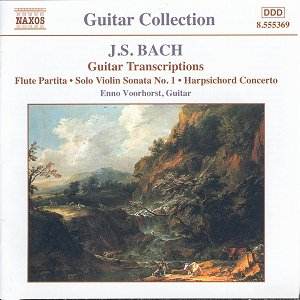Composer: Joseph Haydn, Claude Debussy, Franz Schubert
Works: Violin Sonata in G major, Hob.XV:32; Violin Sonata in A major, D574; Fantasy for violin and piano in C major, D934
Performers: Yehudi Menuhin (violin), Benjamin Britten (piano)
Recording: Rec 16 June 1957, Blythburgh Church (Schubert Fantasy), 27 June 1959, Aldeburgh Church (remainder)
Label: BBC LEGENDS BBCL40832
The collaboration between Yehudi Menuhin and Benjamin Britten represents a significant intersection of two titanic figures in 20th-century classical music. Their partnership, which began in the aftermath of World War II, not only resonated with the emotional weight of their shared experiences but also produced performances that were imbued with an understanding of music’s profound capacity for expression. This collection, drawn from live performances at the Aldeburgh Festivals, showcases the duo’s remarkable synergy. It holds particular historical relevance as it documents an era when both artists were navigating the complexities of their burgeoning careers, thus providing insight into their interpretative philosophies.
The recording launches with Haydn’s Violin Sonata in G major, a work that, while lesser-known, serves as a delightful canvas for Menuhin’s expressive lyricism. The two-movement structure, punctuated by Haydn’s characteristic wit, is rendered with clarity, yet one notes the occasional roughness in Menuhin’s tone. This imperfection, rather than detracting from the performance, adds a layer of authenticity that speaks to the live nature of the recording. Britten’s accompaniment is attentive and nuanced, reinforcing the dialogue between the instruments, though the historical context of this piece might benefit from more thorough program notes regarding its provenance, as the recording’s liner notes suggest.
Schubert’s Sonata in A major, D574, and the accompanying Fantasy in C major, D934, represent the pinnacle of the recording. The Sonata’s lyrical charm is captured beautifully; Menuhin’s phrasing is both expansive and intimate, navigating the intricacies of Schubert’s melodic lines with ease. The Fantasy, particularly its theme and variations, poses a significant interpretative challenge, yet Menuhin and Britten rise to meet it. Their command over the twelve-minute variations showcases a deep understanding of Schubert’s emotional landscape, with Menuhin’s bowing technique illuminating the contrasting textures in each variation, while Britten’s piano perfectly complements the violin’s voice without overshadowing it.
Debussy’s Violin Sonata is a more contentious affair. The recording begins somewhat haphazardly, a moment where the ensemble’s balance seems to falter. However, as the performance progresses, the rich interplay between Menuhin and Britten emerges more clearly. Debussy’s harmonic language and rhythmic fluidity require a delicate touch, and while the opening lacks the polish of later moments, the ensuing dialogue conveys the essential impressionistic qualities of the work. The sound quality, while exhibiting some background hiss typical of live recordings from this period, does not significantly detract from the listening experience, allowing the essence of the performance to shine through.
The historical significance of these recordings is underscored by the palpable connection between Menuhin and Britten, which transcends mere technical execution. Their interpretations, while at times embracing the rough edges of live performance, offer a profound insight into the emotional depths of the repertoire. The interplay of their instruments reflects a deep mutual respect and understanding, making this collection a vital addition to the legacy of both artists. The nuances of their partnership, especially in the Schubert pieces, exemplify the transformative power of live music-making and its inherent imperfections, ultimately enriching the listener’s experience. This release is not only a testament to their artistry but also a compelling chapter in the annals of classical music history.



